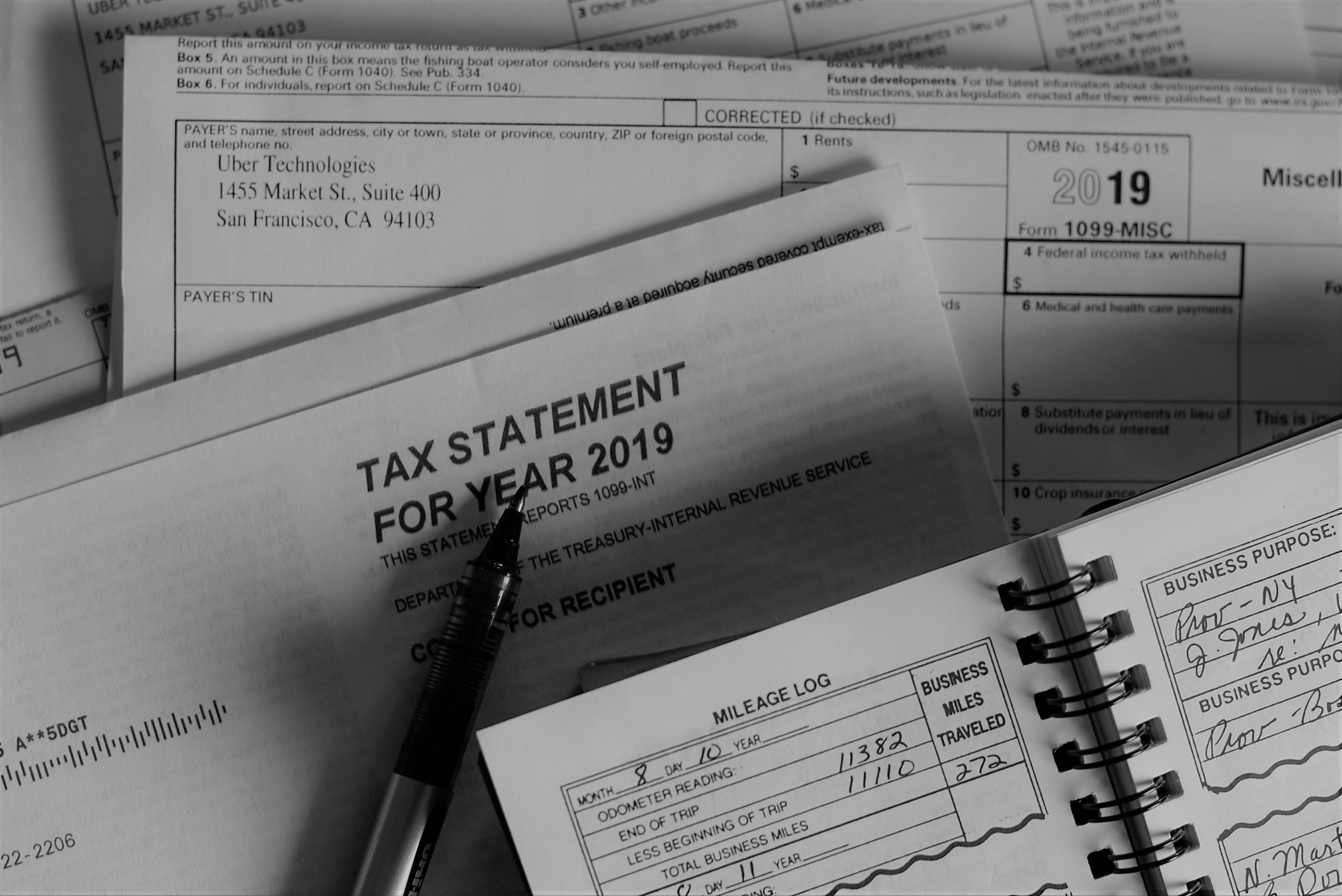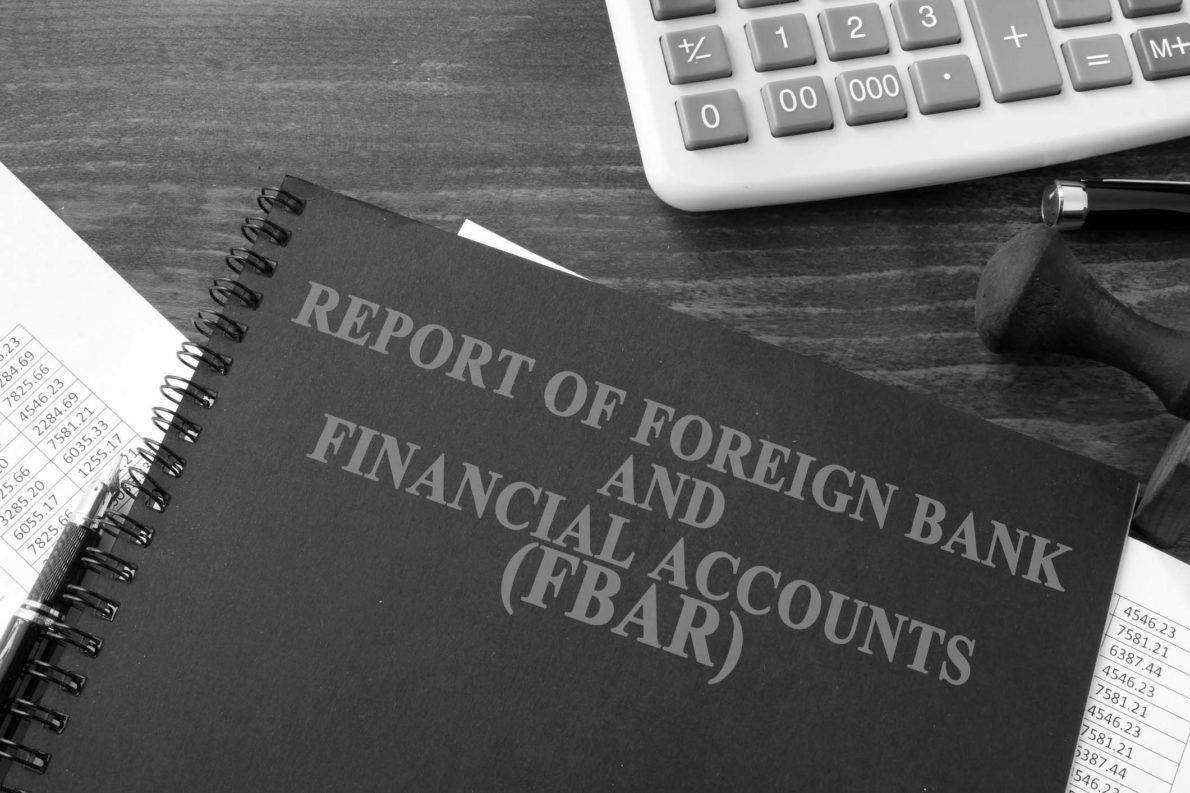New IRS Revenue Procedure Provides Relief for Certain Inadvertent Terminations of S Elections

The IRS recently issued Revenue Procedure 2022-19, which permits S corporations to remedy certain inadvertent terminations of S corporation status and invalid elections without having to request a costly Private Letter Ruling. Previously, the IRS permitted such relief without a Private Letter Ruling in only two limited circumstances – (1) failing to timely file Form 2553 (the original S election), or (2) fixing certain failures in obtaining shareholder consent to the S election. This is welcome relief to taxpayers and their tax professionals.
The Revenue Procedure extends automatic relief under the following six circumstances:
- “One class of stock” requirement. An S corporation can only have one class of shares. In certain situations, such as the execution of buy-sell agreements, agreements restricting the transferability of stock or redemption agreements, shareholders risk creating a deemed “second” class of stock inadvertently terminating the S election. Under the Revenue Procedure, if entering into these agreements did not have a principal purpose of circumventing the one class of stock rule, then the S election will not be invalidated.
- Disproportionate distributions as to timing or amount. Disproportionate distributions can violate the one class of stock rule described above. The Revenue Procedure eliminates this risk, provided the governing documents confer identical rights to distributions and liquidation proceeds.
- Non-identical governing provisions. Similarly, non-identical rights and entitlements for different classes of shares can also lead to an inference that the one class of stock rule is violated. The Revenue Procedure rewards proactive taxpayers by providing that as long as the taxpayer identifies and fixes any non-identical governing provisions before they are identified by the IRS, the S election will not fail.
- Inadvertent errors or omissions on the election form (Form 2553, or for a Qualified Subchapter S Subsidiary, Form 8869). The Revenue Procedure repeats prior IRS guidance permitting certain mistakes on Forms 2553 and 8869 to be rectified within a definite time frame (generally not longer than three years and 75 days from the start of the year for which the election takes effect).
- The taxpayer does not have (or cannot locate) the administrative acceptance letter (CP261, CP279, or CP279A), reflecting acknowledgment of the S election by the IRS service center. Recognizing that notices are merely administrative acknowledgments of an election, non-receipt of which has no significance regarding the validity of the election, the IRS has indicated that taxpayers and practitioners may call a hotline to request a second copy.
- The taxpayer files a tax return inconsistent with the S election (such as filing a Form 1120, U.S. Corporation Income Tax Return, rather than a Form 1120-S). Taxpayers can cure an improperly filed return if the taxpayer files an appropriate tax return (Form 1120-S) for open years.
No aspect of this advertisement has been approved by the highest court in any state.
Results may vary depending on your particular facts and legal circumstances.
As the law continues to evolve on these matters, please note that this article is current as of date and time of publication and may not reflect subsequent developments. The content and interpretation of the issues addressed herein is subject to change. Cole Schotz P.C. disclaims any and all liability with respect to actions taken or not taken based on any or all of the contents of this publication to the fullest extent permitted by law. This is for general informational purposes and does not constitute legal advice or create an attorney-client relationship. Do not act or refrain from acting upon the information contained in this publication without obtaining legal, financial and tax advice. For further information, please do not hesitate to reach out to your firm contact or to any of the attorneys listed in this publication.
Join Our Mailing List
Stay up to date with the latest insights, events, and more






